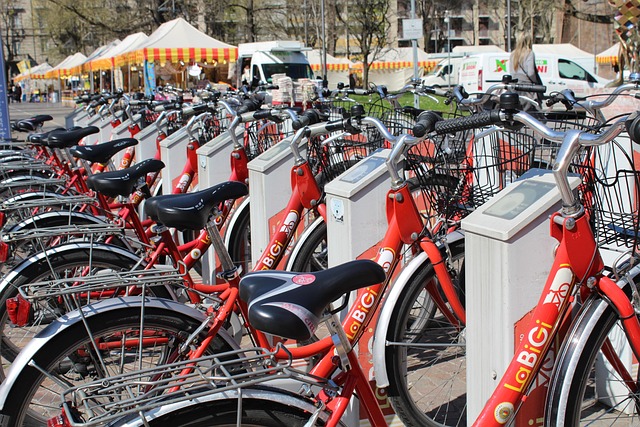Revolutionizing Rural Mobility: Integrating Sustainability into Transportation
Rural communities often face unique challenges when it comes to transportation. Distance from urban centers, limited public transit options, and a lack of infrastructure can make mobility a daunting issue. However, as we push towards a more sustainable future, the idea of making rural transportation sustainable is emerging as both a necessity and an opportunity.
Imagine a world where rural residents can easily access resources, jobs, and services without reliance on fossil fuels or inefficient means of travel. This is not just a dream; it’s an achievable goal that can transform the way we think about mobility in less populated areas. Sustainable transportation can enhance not only the quality of life for those living in the countryside but also contribute to broader environmental goals.
Embracing Clean Technology
The first step in making rural transportation sustainable is embracing clean technology. Electric vehicles (EVs), for instance, can reduce the carbon footprint associated with travel. By investing in charging infrastructure and incentivizing the adoption of EVs, rural areas can begin to shift away from traditional gas-powered transportation. This transition not only supports cleaner air but can also decrease overall transportation costs in the long run.
Innovative Public Transport Solutions
Innovative public transport solutions tailored to the needs of rural communities can further improve sustainability. Rideshare programs, community shuttles, and partnerships with ridesharing companies can fill the gaps left by traditional public transport. These services can be designed to run on renewable energy sources, making them an eco-friendly alternative that is both accessible and efficient for rural inhabitants.
Building Resilient Infrastructure
Infrastructure plays a vital role in enhancing rural mobility. By developing roads and paths that accommodate bicycles and walking, we can encourage more residents to choose healthier, eco-friendly modes of transportation. Initiatives like complete streets, which prioritize safe and convenient use for all users, can be foundational in shaping sustainable rural transportation systems. Additionally, integrating renewable energy sources into the grid can power these infrastructures, ensuring they are both sustainable and resilient.
Community Engagement and Education
To truly revolutionize rural mobility, community engagement and education are key. Involving residents in the planning process creates a sense of ownership and ensures that transportation solutions reflect their unique needs. Workshops, informational sessions, and local forums can help spread awareness of sustainable transportation options, encouraging adoption through user empowerment.
Moreover, educational campaigns can highlight the long-term benefits of sustainable transport—saving costs, improving air quality, and fostering a greater sense of community connectivity. When individuals understand how their transportation choices affect the local and global environment, they are more likely to embrace sustainable practices.
Collaboration Across Sectors
Lastly, collaboration among governmental agencies, non-profits, and private companies is essential for fostering sustainable rural transportation systems. By working together, stakeholders can pool resources, share knowledge, and create comprehensive strategies that address the multifaceted challenges of rural mobility. This collective effort will not only enhance transportation options but also support the environmental goals we all strive towards.
In summary, making rural transportation sustainable is not just about providing mobility; it’s about redefining what mobility means in the rural context. By integrating sustainability into transportation solutions, we can create inclusive, accessible, and eco-friendly systems that improve the quality of life for all rural residents. The revolution in rural mobility is here, and it’s time for us all to be a part of it.




